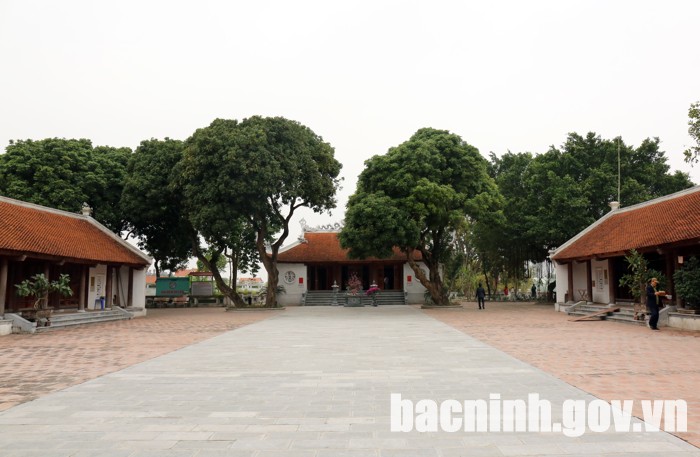Gia Binh – potential tourist destination in Bac Ninh province

Gia Binh district in the Red River Delta province of Bac Ninh has great potential to become a tourist destination given its beautiful natural scenery, rich cultural heritage and numerous traditional craft villages.
Gia Binh is home to 72 historical and cultural relic sites, 10 of which are at national level and 62 at provincial level. Some outstanding sites are the temple dedicated to Le Van Thinh – ranking first in the first imperial examination of the Ly Dynasty and later becoming a top mandarin, Thien Thu pagoda, Bao Thap temple, and Dai Bi pagoda.
The relic sites are located across many villages, attracting thousands of visitors from all corners of the country.
Besides, Gia Binh hopes to capitalize on the local Ca tru singing heritage and its famous traditional craft villages, like the Dai Bai bronze casting village, Xuan Lai bamboo weaving village, Ngam Luong silkworm raising and silk weaving village, to name just a few. The district is working towards developing local traditional products to serve tourism.
Gia Binh administration has always paid attention to conserving and repairing historical and cultural relics. This year, the district has a plan to conduct maintenance of seven relic sites, which are Gia Phu temple (Binh Duong commune), Lap Ai temple (Song Giang commune), Cao Tho and Chinh Thuong communal houses (Van Ninh commune), Cuu Son communal house (Dong Cuu commune), and Cam Xa communal house and Ngu temple (Nhan Thang commune).
The district also boasts beautiful natural landscape with peaceful countryside scenery, which is suitable for rural tourism, eco-tourism and relaxation tourism. Some big corporations, such as the TH Group, is eyeing investment in tourism in Gia Binh.
Gia Binh administration has built a project on developing eco and spiritual tourism in 2020-2030 and called for investment under the project, which is hoped to contribute to preserving the local eco-environment, especially agricultural ecology in the context of fast urbanization.
Under the project, the restructuring of local crop structure will be accelerated towards hi-tech and clean agriculture, serving as a basis to create more jobs and raise incomes for the locality.






